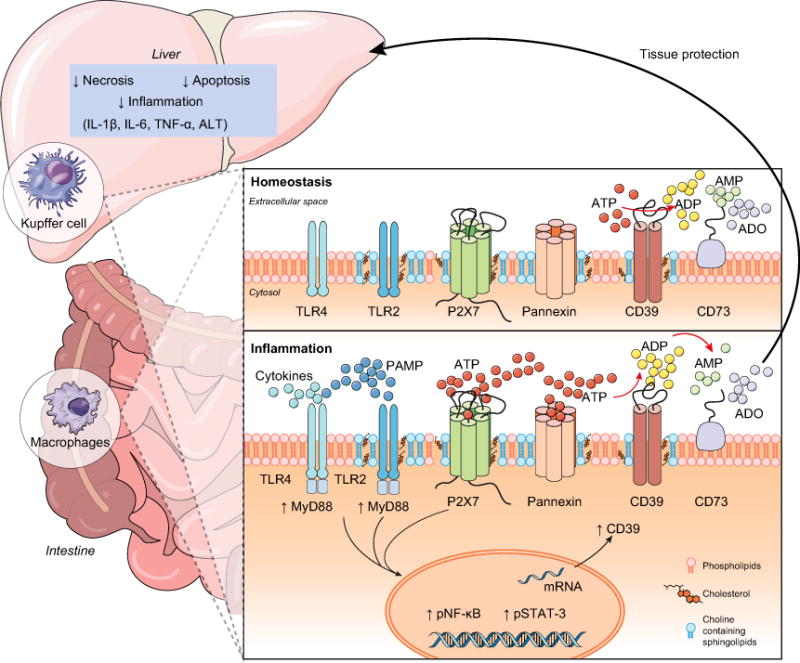Fig. 8. Schematic representation of P2X7 receptor and CD39 interactions on monocyte-macrophages that modulate liver injury during inflammation.

The recognition of PAMPs – such as bacterial LPS – by PRRs can induce ATP release activating the P2X7 receptor. P2X7 receptor activation induces large-scale ATP release that can occur mainly via pannexin hemichannels boosting purinergic signaling. CD39 functions to generate AMP from extracellular ATP to limit P2X7 activation and inhibit pro-inflammatory responses. Then, CD73 hydrolyzes AMP to adenosine (ADO) providing for anti-inflammatory effects and tissue protection. This purinergic regulatory mechanism is functional in limiting liver injury and restoring homeostasis during sepsis.
